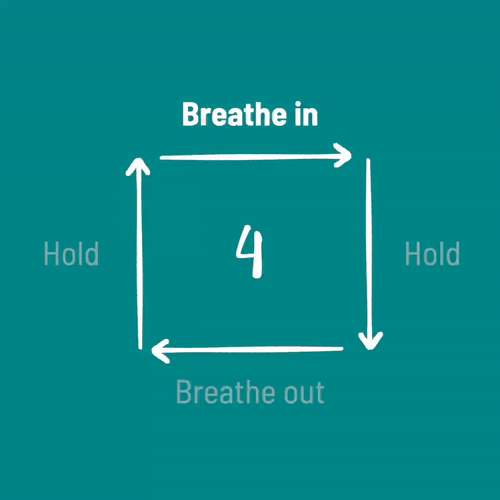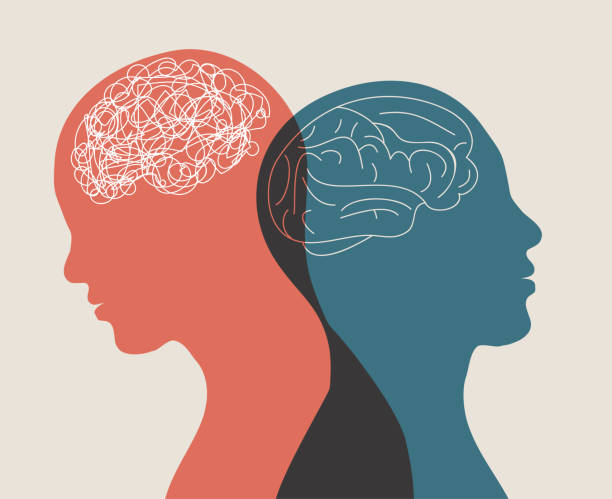Introduction
Feelings are like the weather: unpredictable, intense, and sometimes stormy without warning. One minute you’re calm, the next you’re anxious, furious, or bursting into tears over a commercial. Sound familiar?
Welcome to being human.
Emotions are natural and necessary — but they can feel overwhelming when they hit hard or hang around too long. That’s why learning quick, science-backed ways to manage emotions isn’t just helpful; it’s empowering.
1. When You’re Anxious
Anxiety is the mind’s way of warning you that something feels uncertain or out of control. While it can be useful in small doses, constant anxiety is mentally and physically exhausting.
Fast Fix
This sensory trick pulls your brain out of anxious loops and into the present.
- 5 things you can see
- 4 things you can feel
- 3 things you can hear
- 2 things you can smell
- 1 thing you can taste

Why it works
Grounding redirects attention from thoughts to physical sensations, engaging the parasympathetic nervous system (Bieling et al., 2012).
Bonus Tip
Box breathing (inhale 4, hold 4, exhale 4, hold 4) slows the heart rate and calms the nervous system.

2. When You’re Sad
Sadness invites us to slow down and reflect, but lingering too long can lead to low energy and rumination.
Fast Fix
Try a 10-minute walk, gentle yoga, or even a silly dance party in your room.
Why it works
Exercise releases endorphins and increases serotonin, nature’s built-in antidepressants (Craft & Perna, 2004). Movement also interrupts the “freeze” response often associated with sadness.
Bonus Tip
Put on a playlist of songs that shift your mood — not necessarily cheerful right away, but gradually more uplifting. Or you could check out our mood boosting playlist!
3. When You’re Angry
Anger isn’t inherently bad — it’s a sign your boundaries may be crossed. The danger comes when we bottle it up or explode destructively.
Fast Fix
It sounds ridiculous, but it works. If you’re furious, go somewhere private and release the tension physically — shout into a pillow, stomp, or do some aggressive jumping jacks.
Why it works
Releasing anger physically helps discharge adrenaline and cortisol (Saini, 2009). Bottled anger can raise blood pressure and impact decision-making.
Bonus Tip
Write an “anger letter” to the person or situation (but don’t send it!). Just getting the words out can provide huge relief.
4. When You’re Overwhelmed
Feeling like everything’s “too much” leads to paralysis — a common response to overwhelm.
Fast Fix
Pick a task you can complete in 60 seconds: wash a dish, reply to a text, stand up and stretch. Starting small tricks your brain into momentum.
Why it works
Breaking things into micro-tasks reduces perceived load and increases dopamine through task completion (Amabile & Kramer, 2011).
Bonus Tip
Try the “brain dump”: write every thought or task swirling in your mind on paper. Externalizing thoughts clears mental fog and prioritizes action.
Read More- Savouring
5. When You’re Lonely
Loneliness is more than physical isolation — it’s the feeling of being emotionally disconnected. And it can hurt as much as physical pain (Eisenberger et al., 2003).
Fast Fix
Send a voice note, funny meme, or quick “thinking of you” text to someone. It’s low-stakes but effective.
Why it works
Connection boosts oxytocin and reduces stress. Even small interactions can counter loneliness (Cacioppo & Patrick, 2008).
Bonus Tip
Talk to a stranger — yes, really. Even casual interactions at a coffee shop or on a walk have been shown to elevate mood.
6. When You’re Too Happy
Wait — why would you want to manage joy? Surprisingly, high emotional peaks (even good ones) can feel uncomfortable, especially if you’re not used to them.
Fast Fix
Instead of racing to the next thing, pause. Close your eyes, take a slow breath, and say (silently or out loud): “I am experiencing joy.” Let the feeling expand without clinging to it.
Why it works
Savoring strengthens emotional intelligence and makes joy last longer (Bryant & Veroff, 2007).
Bonus Tip
Share your joy! Telling someone about a positive moment increases happiness through “capitalization” — making the joy even bigger (Gable et al., 2004).
Emotions and the Brain
Understanding the neuroscience behind emotions gives you extra power to manage them:
- Amygdala: The emotional alarm system — quick to react, often before logic kicks in.
- Prefrontal cortex: The “CEO” of your brain, helps regulate responses and make decisions.
- Vagus nerve: Controls the rest-and-digest system. Breathing and calming techniques activate it.
So what?
Quick emotional strategies often work by shifting brain activity from the amygdala to the prefrontal cortex — from “panic” to “plan.”
Emotion Management ≠ Suppression
Let’s be clear: managing emotions doesn’t mean ignoring or suppressing them. It means not letting them run the show. Emotions give us messages — anger says “a boundary was crossed,” sadness says “something matters,” anxiety says “prepare.”
Quick tools help us hear the message without being consumed by it.
Build Your Own Emotion Toolkit
Create a customized list of go-to strategies that work for you. Here’s a sample starter:

Stick this on your wall, fridge, or phone screen. Think of it as your emotional cheat sheet.
Conclusion
You don’t need to meditate on a mountain or analyze your childhood every time emotions hit hard. With a few practical tools — grounding, movement, connection, breathing — you can shift your emotional state in minutes.
The goal isn’t to “fix” your feelings, but to meet them with awareness, compassion, and action. Whether it’s anger, anxiety, or joy bubbling up, remember: you have options. Fast ones. And they work.
Emotions are information. Let’s learn to listen — and act — wisely.
References
Amabile, T. M., & Kramer, S. J. (2011). The progress principle: Using small wins to ignite joy, engagement, and creativity at work. Harvard Business Press.
Bieling, P. J., McCabe, R. E., & Antony, M. M. (2012). Cognitive-behavioral therapy in groups. Guilford Press.
Bryant, F. B., & Veroff, J. (2007). Savoring: A new model of positive experience. Psychology Press.
Cacioppo, J. T., & Patrick, W. (2008). Loneliness: Human nature and the need for social connection. W. W. Norton & Company.
Craft, L. L., & Perna, F. M. (2004). The benefits of exercise for the clinically depressed. Primary Care Companion to the Journal of Clinical Psychiatry, 6(3), 104–111.
Eisenberger, N. I., Lieberman, M. D., & Williams, K. D. (2003). Does rejection hurt? An fMRI study of social exclusion. Science, 302(5643), 290–292. https://doi.org/10.1126/science.1089134
Gable, S. L., Gonzaga, G. C., & Strachman, A. (2004). Will you be there for me when things go right? Supportive responses to positive event disclosures. Journal of Personality and Social Psychology, 87(2), 228–245.
Saini, M. (2009). A meta-analysis of the psychological treatment of anger: Developing guidelines for evidence-based practice. The Journal of the American Academy of Psychiatry and the Law, 37(4), 473–488.
Subscribe to PsychUniverse
Get the latest updates and insights.
Join 3,030 other subscribers!
Niwlikar, B. A. (2025, May 28). Emotions SOS: 6 Quick Solutions for Managing Various Emotions. PsychUniverse. https://psychuniverse.com/emotions-sos/



